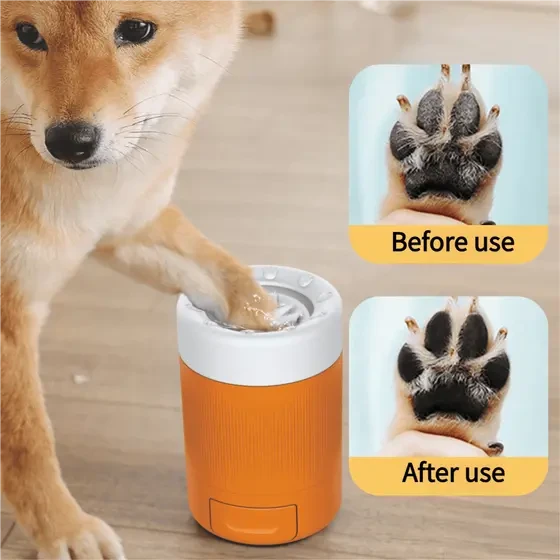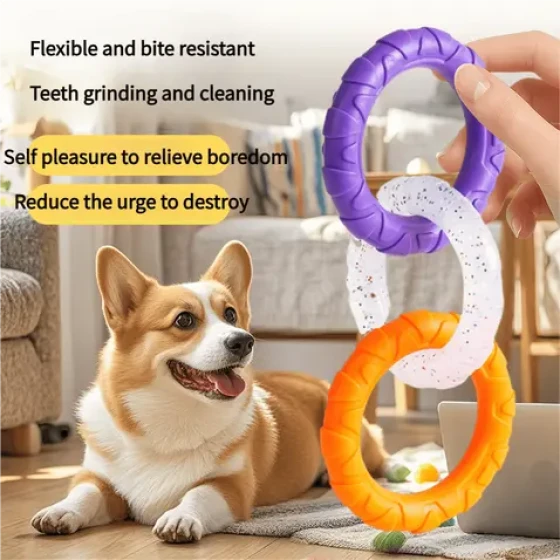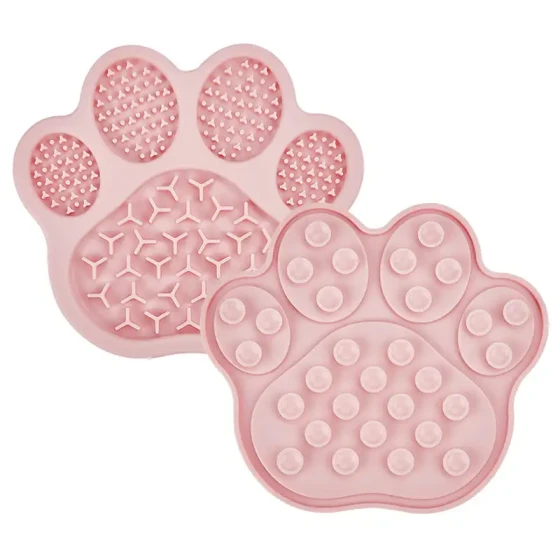Why Do Dogs Love Sniffing Butts

Actually, many people feel uncomfortable seeing their dogs chasing and sniffing other dogs' butts uncontrollably, and may even think it’s a bit dirty. However, we should understand that this behavior is very important in dogs’ daily lives. They do this not for fun, nor, as some people think, to “steal and eat poop.” The answer to this question might be more complex than we imagine!
1. Dogs’ Nasal Receptors
To answer this question, we first need to understand the highly developed olfactory system of canines. We all know that dogs’ sense of smell is extremely sensitive—about 10,000 to 100,000 times that of humans. Dogs have as many as 300 million olfactory receptors, whereas humans only have 6 million, so dogs can distinguish many scents that we cannot and can obtain a lot of useful information from these smells.
The keen sense of smell of dogs is not only used for finding food since modern pet dogs hardly worry about real food. In working dogs, there is a specific category called sniffer dogs. They can detect illegal drugs from a large pile of luggage, locate decomposing bodies in the wild, and even sniff pirated DVDs!
2. Jacobson’s Organ Near the Mouth
Besides the astonishing number of olfactory receptors, dogs also have an auxiliary olfactory organ—the vomeronasal organ or Jacobson’s organ. This organ is located near the vomer and nasal bones, and is involved in the flehmen response in mammals. The Jacobson’s organ contains sensory neurons capable of detecting chemical stimuli and its function is to capture pheromones.
3. Pheromones in the Anal Region
Humans communicate through language and writing, while animals communicate through pheromones, which have been proven to exist in almost all animals. Dogs’ anal sacs contain glands that secrete chemical substances. According to research by the American Chemical Society, dogs can learn various information such as the other dog’s gender, emotional state, and diet status by sniffing the other’s “rear end.”
Comparing this behavior to human society, the chemical pheromones secreted from the anus are equivalent to an ID card, and the olfactory system is like a scanner or card reader. Therefore, the most important purpose of dogs sniffing butts is to confirm information about the other party.
From the above, we can see that in the animal kingdom, sniffing butts is a typical example of chemical information exchange. Exchanging pheromones is essentially a self-introduction process. Dogs can learn about the other’s gender, eating habits, and related conditions through sniffing that area. Also, cats’ behavior of “burying poop” relates to pheromones. Large felines deliberately expose their excrement to mark territory, while smaller cats bury their waste to hide their information.
So, we don’t need to be displeased with this behavior in dogs because it is a necessary way for their social interaction. Only after dogs obtain more information can they feel safe to interact with others, helping them better integrate. Of course, other dogs also use this method to understand our dogs and decide whether they want to play together.





